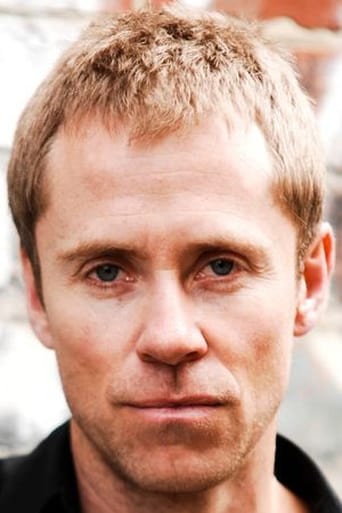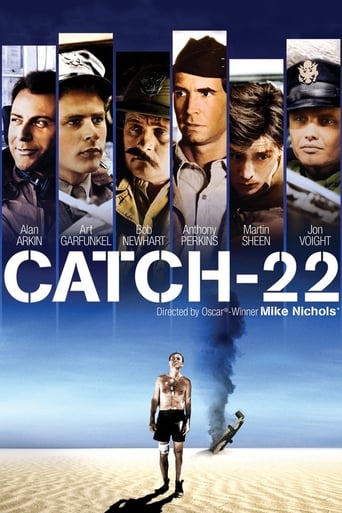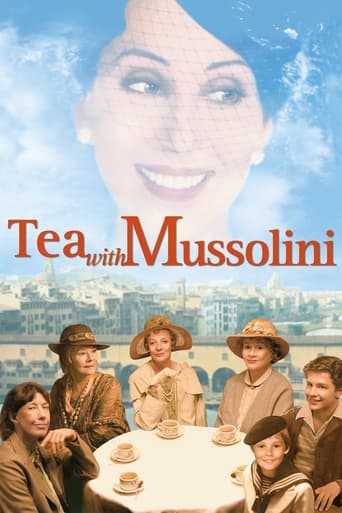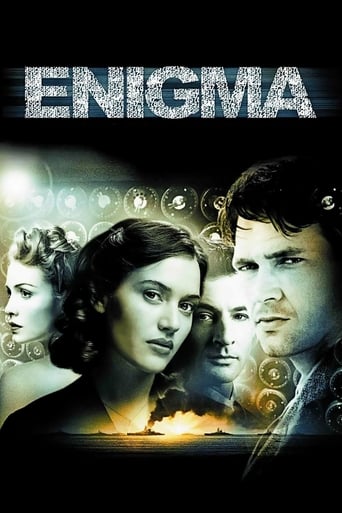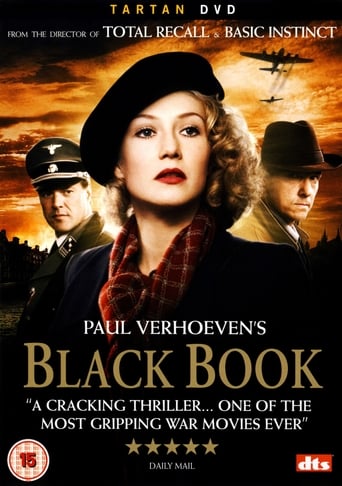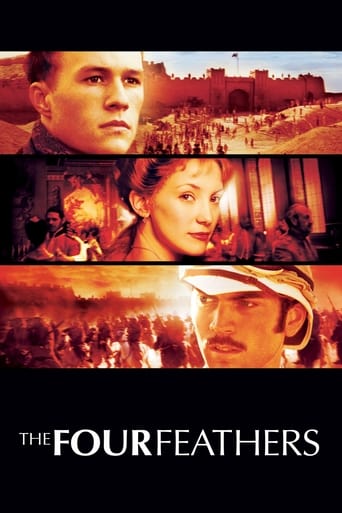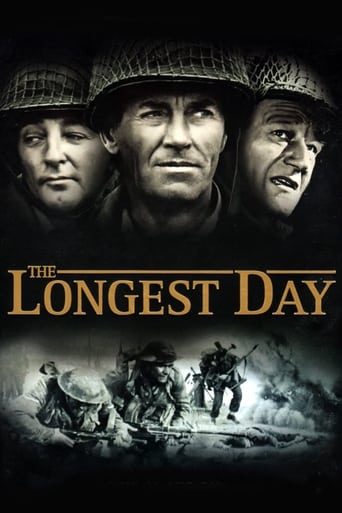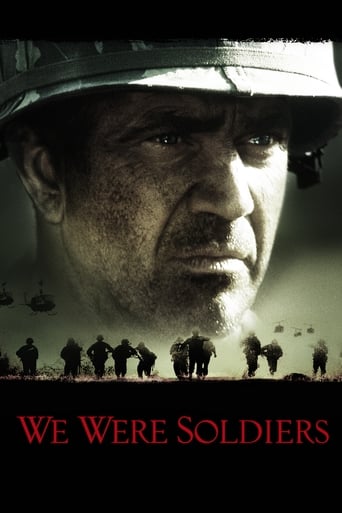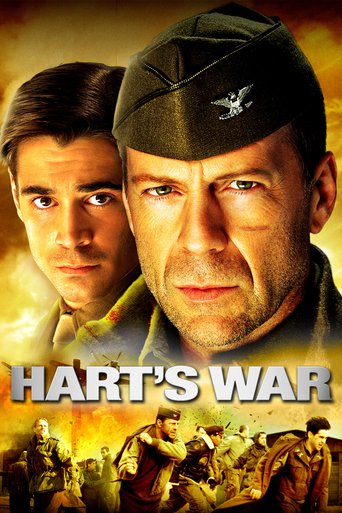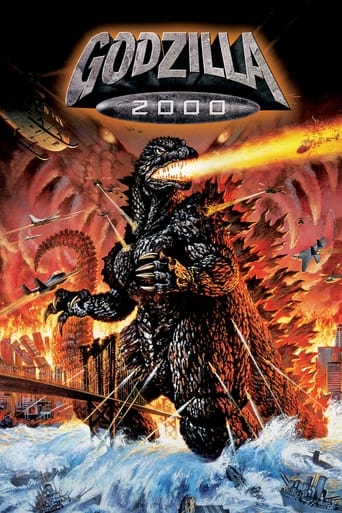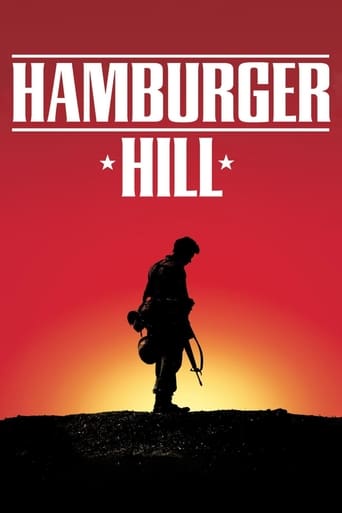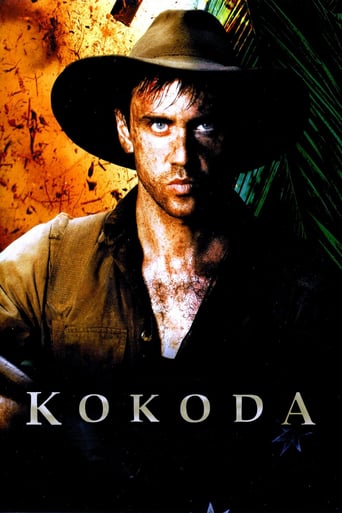
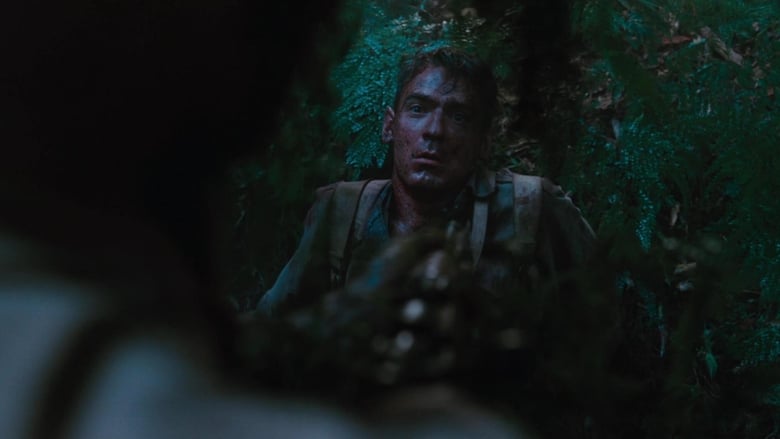
Kokoda (2006)
A bitter battle is fought between Australian and Japanese soldiers along the Kokoda trail in New Guinea during World War II.
Watch Trailer
Cast


Similar titles
Reviews
This is a tender, generous movie that likes its characters and presents them as real people, full of flaws and strengths.
It's funny watching the elements come together in this complicated scam. On one hand, the set-up isn't quite as complex as it seems, but there's an easy sense of fun in every exchange.
One of the worst ways to make a cult movie is to set out to make a cult movie.
The movie's not perfect, but it sticks the landing of its message. It was engaging - thrilling at times - and I personally thought it was a great time.
For many, Kokoda is an unknown battle between The Australian infantry/bushman and the Japanese regime. This is a relatively unknown part of WWII. The first fighting occurred between elements of the Papuan Infantry Battalion and the 39th Australian Infantry Battalion at Awala. Although steadily reinforced by the battalions of 30th and 21st Brigades, the Australian force was unable to hold back the Japanese. It was poorly equipped, had not yet developed effective jungle warfare tactics, and was fighting at the end of a very long and difficult supply line. A number of desperate delaying actions were fought as the Australians withdrew along the Trail. They finally stopped on 17 September at Imita Ridge, the last natural obstacle along the Trail, a mere 8 km from the junction with the road to Port Moresby.The film depicts a gritty, realistic approach to the front lines of these battles and what the men had endured traversing through the jungle and bush. The editing at times is a bit choppy but within the story you feel as if you are there. Cinematography is amazing, scenery uncanny to many other war films as camera placement is superb.The Kokoda Trail fighting was some of the most desperate and vicious encountered by Australian troops in the Second World War. Although the successful capture of Port Moresby was never going to be precursor to an invasion of Australia, victory on the Kokoda Trail did ensure that Allied bases in northern Australia, vital in the coming counter-offensive against the Japanese, would not be seriously threatened by air attack. Approximately 625 Australians were killed along the Kokoda Trail and over 1,600 were wounded. Casualties due to sickness exceeded 4,000.If you are a war film buff and enjoy the actual placement of cinematography and telling of a story then KOKODA is one for the books. I applaud the style and efforts of this film all the way around. I give it a solid 8/10
This was like watching the trailer of a up and coming movie, except that there was no movie coming up. The film is so unsatisfying and obviously unfinished as to be almost laughable. The subject of this film is over a very short time frame and frankly, nothing much actually happens in the 90 odd minutes of screen time. I was hoping for the definitive Australian film about our soldiers in WWII and how they fought against incredible odds in awful conditions.This is most certainly not it. Having said that, the acting was great and locations authentic. This could easily have been a great movie given a lot more money and time, instead it isn't even mediocre and I cannot recommend it at all.
ojfosterbrown, the only hyperbole here is yours. The statements you take such a dislike to accurately reflect history. The 39th were poorly trained and ill-equipped and Australians did think the Japanese were about to invade.Ralph Honnor and his immediate superiors were screwed by Australian High Command (Blamey) and the "boys" of the 39th were later directly insulted to their faces by Blamey.Ifra, if you think Private Ryan is an ideal to strive for, then you'd better develop a taste for that Chardonnay.Pacific400, I'm no right-winger, but the fact is Japan has consistently refused to acknowledge its heinous crimes in WW2, why shouldn't audiences be shown what went on? Do you object to films showing Nazi crimes? Did you object to the NKVD machine-gunning Soviet grunts in Enemy at the Gates? Yes, let's not forget the great job the US did, they certainly never have, and they have no problem taking credit for others' work (U571), but how many of them know this story? How many of us know this story? Technical quibbles correct. Old .303s were standard, as were new Brens, militia definitely didn't have Thompsons and may not have had Owens, the thing only went into production in 1941 and the militia may not have had first pick of the weapons...As for those saying the movie is missing the Big Picture, this isn't A Bridge Too Far, it shows the Kokoda campaign exactly as experienced by the 39th Bn, a series of small engagements where some cracked and some were heroes and the enemy were "faceless", "mysterious", utterly unknown by Australians, capable of astonishing cruelty and eventually forced into cannibalism.As to those saying we don't make WW2 movies (or TV), try The Last Bullet, The Heroes, The Cowra Breakout, Attack Force Z (with Mel and Sam), Blood Oath, The Rats of Tobruk, Piece of Cake, Kokoda Front Line (academy award-winning documentary filmed where this film is set in the period immediately after - cameraman Damien Parrer died in combat on his return to New Guinea) and Death of a Soldier (even Paradise Road and Map of the Human Heart). What we don't do is make VN or Korean War movies.This movie had its flaws, all movies do, but instead of castigating a first-time director for his lack of budget, castigate the studios for never having told this story before.A war movie that finally showed what it's really like, "green" reservists climbing jungle-covered mountains while suffering from dysentery, malaria, not knowing where the enemy is and being in desperate need of a crap.
It's funny that the ending of this film has been criticised here as unrealistic and melodramatic. One commenter even said it was of "Neighbours" (soap opera) quality.In fact the final scene is an exact reconstruction of a parade of members of the 39th battalion before their commander, Lieutenant Colonel Ralph Honner at the village of Menari. Every word spoken by William McInnes (playing Honner) in this scene is taken from the official record of the proceedings on that day.So much for "Neighbours".The film is good without being great. The budget supplies the reason. What it does convey is the hostile terrain over which the Australian soldiers had to lug all their supplies, including heavy artillery pieces... and then they had to fight the Japanese, who heavily outnumbered them, when they reached the top of the ranges.These were part-time soldiers, reservists with inferior training and green troops for the most part. Their job was to hold the line until the professional veterans (back from North Africa) arrived to take over. It was a war fought in platoon and section strength, with few pitched battles. Ever since the survivors of the two reserve battalions have been called "The Ragged Bloody Heroes", and deservedly so.Recently these has been some revisionism among politically biased historians, claiming that Kokoda was a waste of time and effort; that the Japanese had no intention of invading Australia. While they may not have been as serious about Kokoda as they were regarding the developing disaster at Gualalcanal, one thing is certain: if the Japanese had not been held back on the Kokoda Track, taking Port Moresby would have been a prize too easily won to refuse. Taking Moresby, and perhaps then Australia could have changed not only the war in the South West Pacific area, but perhaps the whole course of WW2.The men of the 39th battalion had no opportunity to speculate from afar, and safety, on the political potential of Kokoda as relevant to 2006 politics. They had to fight and die where they stood. That is why their story is worth telling, a story of small groups of men fighting shadows in a jungle nightmare scenario, without the option of surrender.



